LONG BEACH, California — An experimental new gene therapy has specialists questioning whether heart vessel growth to restore blood flow could actually be possible in refractory angina after bypass surgery.
"These patients by definition have exhausted all medical and surgical options in terms of revascularization," reported lead study investigator Kenta Nakamura, MD, an interventional cardiologist at the University of Washington School of Medicine in Seattle.
"While the disease carries a low mortality, it is associated with a low quality of life," Nakamura said when presenting the results from the phase 2/3 EXACT trial.
The findings (Abstract LB-2), presented at the Society for Cardiovascular Angiography and Interventions 2024 Scientific Sessions, were published online simultaneously on May 2 in Circulation: Cardiovascular Interventions.
Of the 32 patients who received an injection of XC001, 81% had an improvement in angina class 6 months after the procedure.
The injection — an adenoviral 5 vector that delivers three isoforms of vascular endothelial growth factor (VEGF) to the heart — is delivered through a minithoracotomy.
"Going back to what we think is the fundamental issue in refractory angina, which is that the subtended myocardium has inadequate blood flow," Nakamura said. And that's because of inadequate microvasculature small arteries that are not amenable to mechanical revascularization, he explained. "This is a novel method to essentially coax the heart to grow more vessels to be able to restore that blood flow."
Trial Results
In the EXACT study, no severe adverse events were attributed to the treatment itself. There were 20 severe adverse events in 13 patients, but they were due to surgery and were within expectations.
The study measured 12-month changes in four markers of cardiac function in treated patients, which showed that:
- Total exercise duration increased from an average (± standard deviation [SD]) of 359.9 (± 105.55) seconds at baseline to 477.6 (SD, ±174.7) seconds
- Total myocardial perfusion deficit on PET decreased by 10.2%
- Time to onset of ST depression during exercise tolerance testing increased by 103.1 (95% CI, 26.7-179.5) seconds
- Angina frequency decreased by 8.8 (95% CI, 4.6-13.0) episodes.
Previous studies have shown a potential benefit of VEGF in patient-reported outcomes, "but they've often failed to show objective evidence of ischemic improvement. I think this is more exciting because we have a couple of really objective measures of ischemia that are not confounded by patient bias or placebo," Nakamura explained after his presentation.
Previous trials of VEGF therapy in cardiovascular disease have used single isoforms of the vector. "This is the first time that all three isoforms have been studied," said senior study author Thomas Povsic, MD, PhD, from the Duke Clinical Research Institute in Chapel Hill, North Carolina. "And there are preclinical data that suggest that it enhances efficacy, so we're encouraged by the fact that we saw consistency across a variety of endpoints."
The next phase of the trial will involve the use of cardiac catheterization to deliver the vector, Povsic added.
"If we can get delivery to be less invasive through a percutaneous approach, we think that future studies will validate that this will enhance patient well-being and could potentially be a treatment for a broader class of patients who don't have treatments right now, such as patients with microangina or even patients with regular angina if delivery can be done safely enough," Povsic said.
Potential for Wider Use
Targeting the heart's microvasculature with VEGF has the potential to treat a large population with coronary artery disease that currently has no options, said Timothy Henry, MD, medical director of the Carl and Edyth Lindner Center for Research and Education at Christ Hospital in Cincinnati.
"This study happens to be in refractive angina patients with severe obstructive disease, but we also have cases of refractive angina without obstructive disease that's mostly due to microvascular dysfunction," Henry said. "Seventy five percent of patients with heart failure with preserved ejection fraction and 30% to 40% of patients post-PCI or post-CTO still have chest pain, and a lot of that has to do with the microvasculature."
He pointed out that EXACT is a preliminary study without a placebo group, but the fact that "everything worked in the same direction" — that is, the outcomes were consistently positive — and that it was accepted for publication in a major journal make the trial noteworthy at this stage.
"This raises the issue of the importance of the microvasculature in all these different areas, and I think in the next 10 years, that's where we're going to move forward," Henry said.
The trial was funded by XyloCor Therapeutics. Nakamura and Povsic disclosed financial relationships with XyloCor. Henry participated in the trial but has no relevant financial disclosures.

.webp) 2 weeks ago
8
2 weeks ago
8




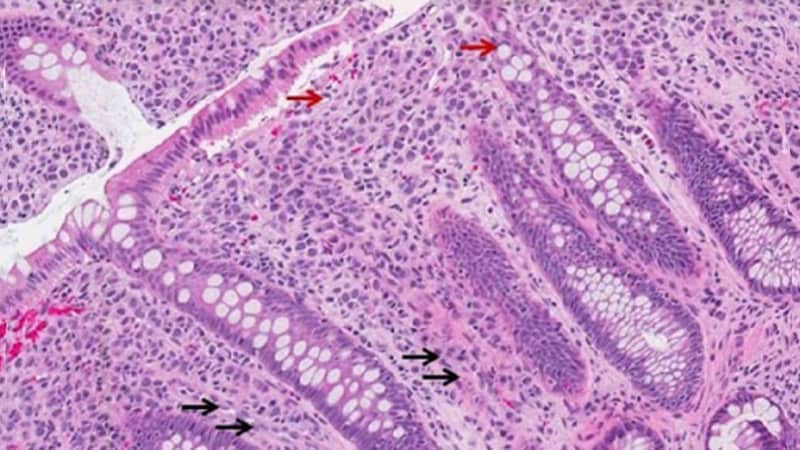
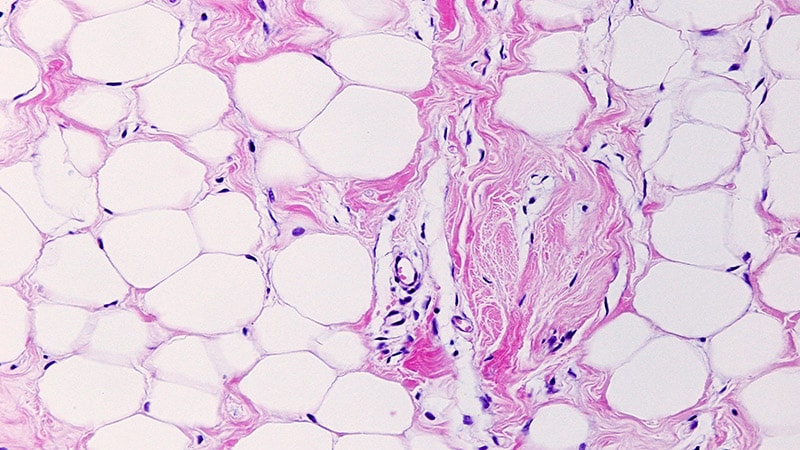
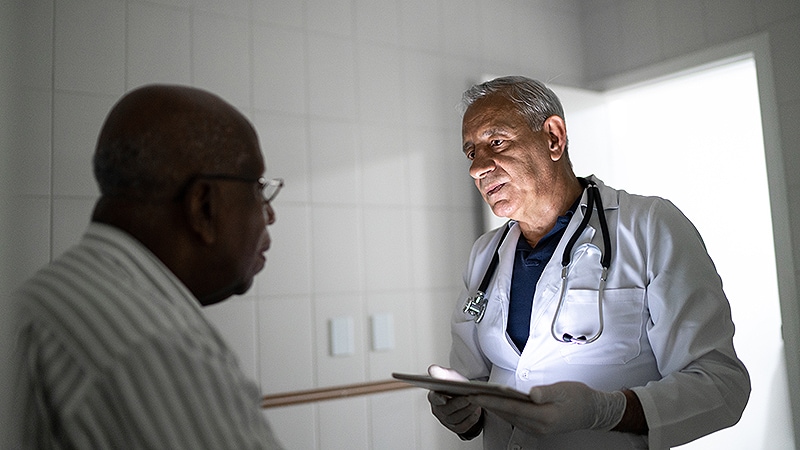

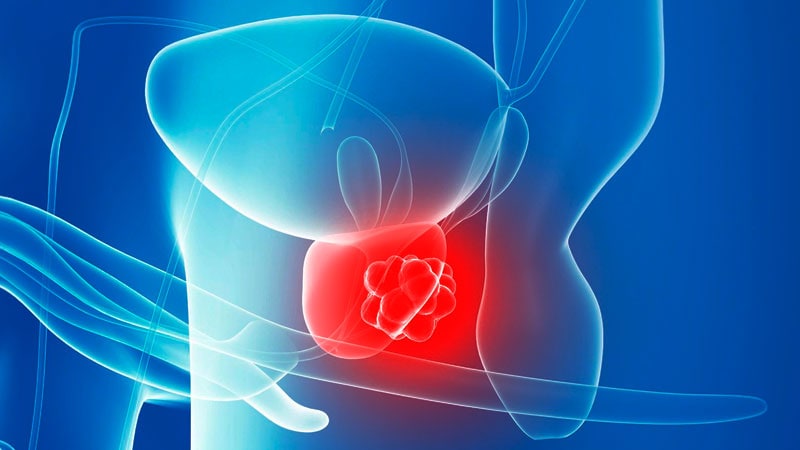



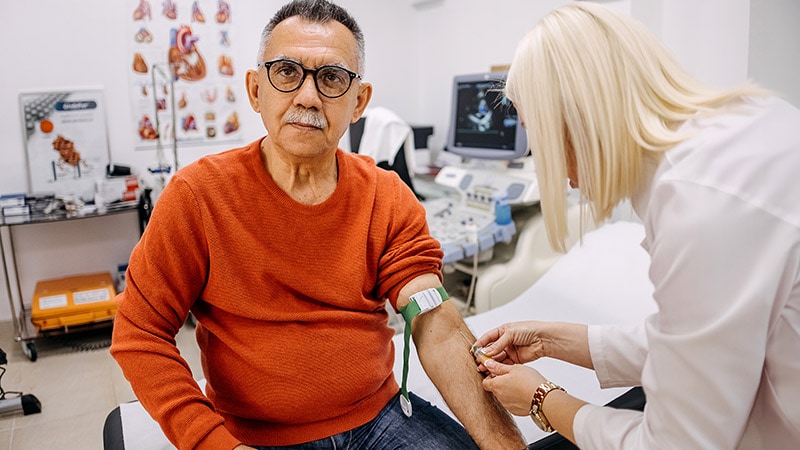
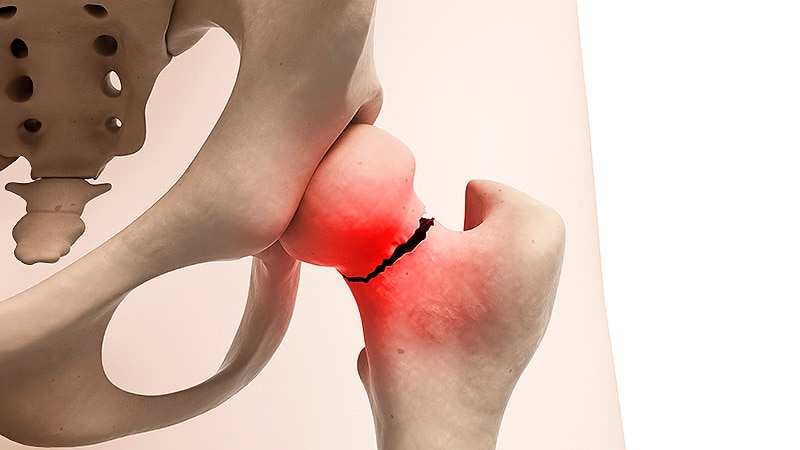














 English (US)
English (US)